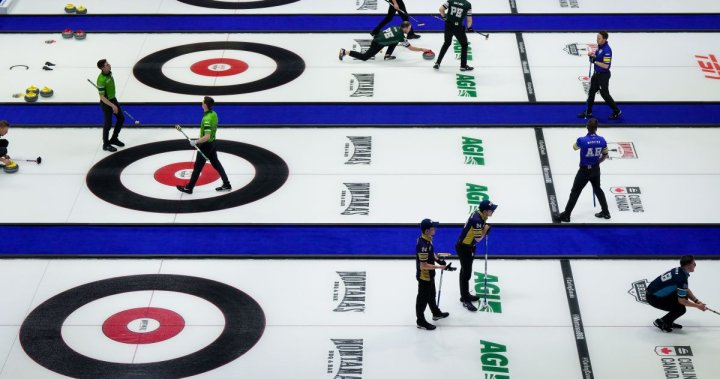
Modern Brier tries to strike tricky balance between its roots and changing game
Global News
Both the Brier and the Canadian women's curling championship, the Scotties Tournament of Hearts, must walk a competitive and marketing tightrope.
The Brier is no longer your father’s Brier.
What was a provincial and territorial men’s curling championship embodying Canadian Confederation for most of its almost 100 years is now a hybrid including multiple teams from one province and widely differing ways for teams to get in it.
Former Canadian and world curling champion Nolan Thiessen, Curling Canada’s new chief executive officer, says both the Brier and the Canadian women’s curling championship, the Scotties Tournament of Hearts, must walk a competitive and marketing tightrope.
“The way I always describe it with the Scotties and the Brier, is that is has to serve a few people and masters,” Thiessen said. “It can’t be a hundred per cent marketing and entertainment. It can’t be a hundred per cent high performance.
“We have to find that middle ground. If it tips too far on either side, then we can have issues.”
Wild-card entries that increased from one to three in 2021 are referred to by their province or territory starting in 2024.
Other than the traditional purple heart crests that provincial and territorial champions earn, there is little in Regina to visually differentiate this year’s Alberta provincial champion Aaron Sluchinski from Alberta’s Brendan Bottcher, whose team was one of two gaining early entry based on their ranking last year.
Including Kevin Koe, there are three teams with “AB” on their backs in Regina. Thiessen says the athletes wanted to do away with the wild-card designation.

 Run 3 Space | Play Space Running Game
Run 3 Space | Play Space Running Game Traffic Jam 3D | Online Racing Game
Traffic Jam 3D | Online Racing Game Duck Hunt | Play Old Classic Game
Duck Hunt | Play Old Classic Game











